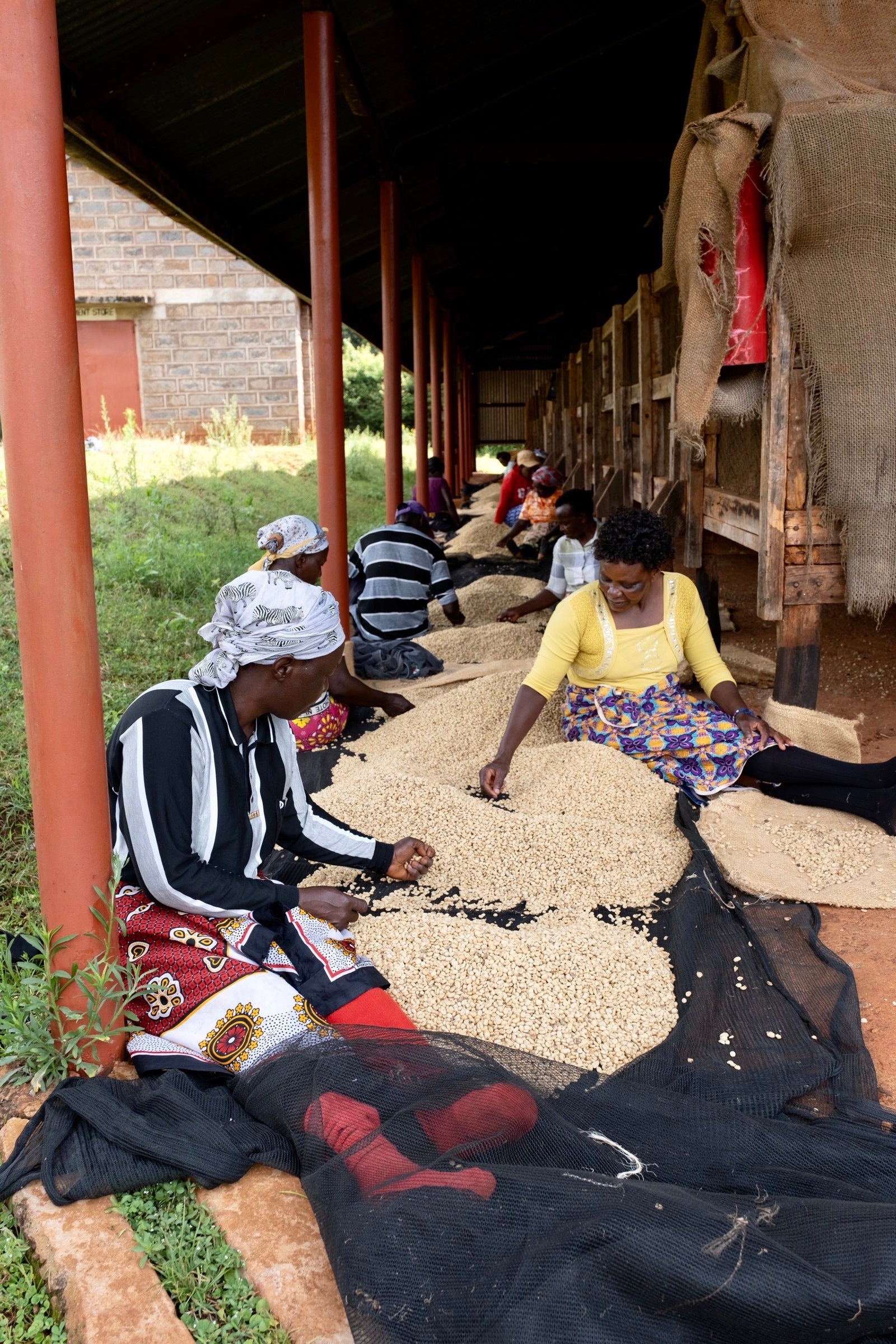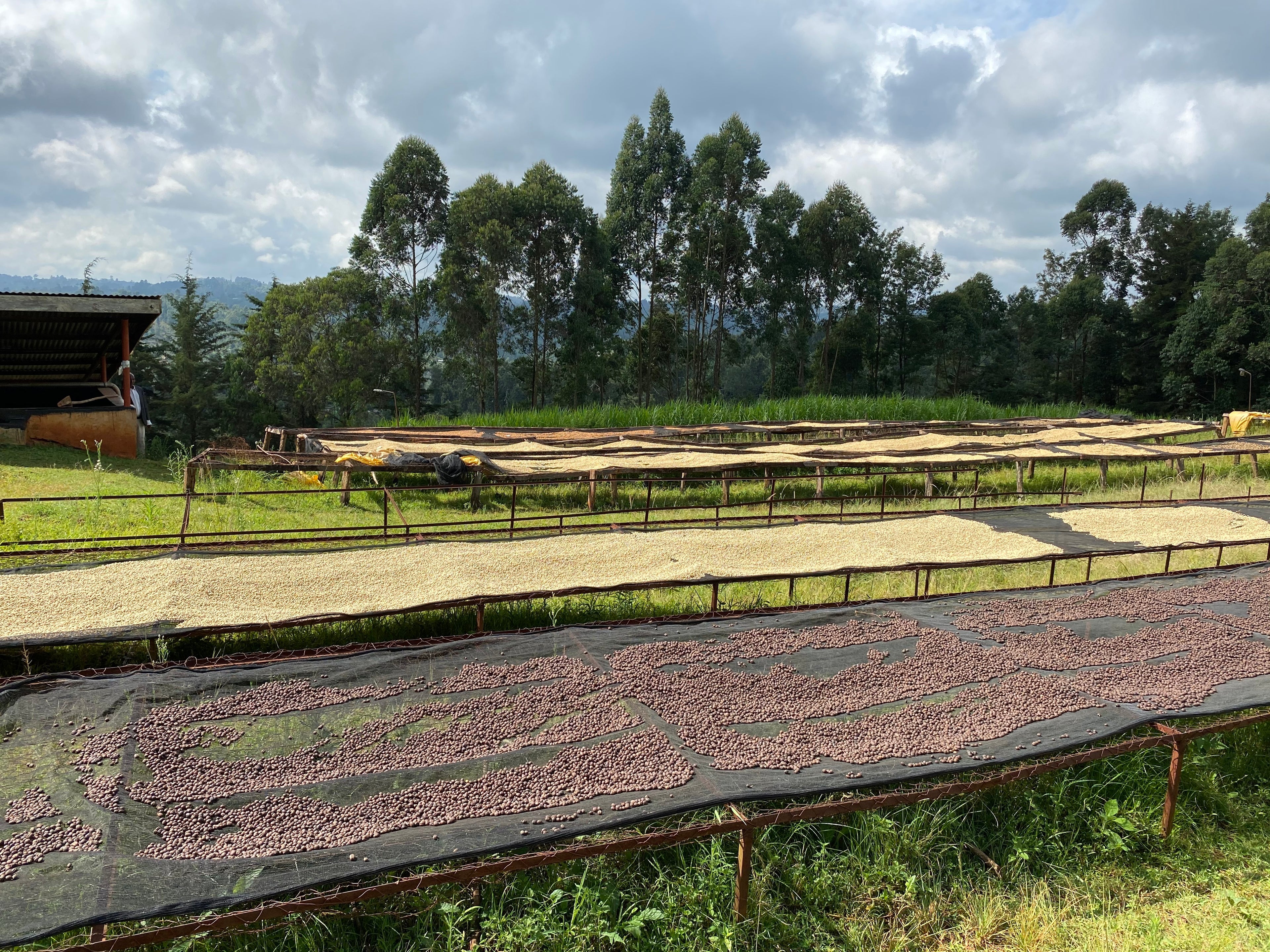Origin: Kenya
Region: Nyeri
Cooperative: Othaya Farmers Cooperative
Small farmers: approx. 1100
Variety: SL28, SL34, Ruiru 11, Batian
Cultivation height: 1800 m
Preparation: of course
Cupping Score: 8
Degree of roasting: light
Aromatic notes: caramel, pineapple, strawberry
(||itemCount||) ||itemProductTitle|| added to your cart
||itemProductTitle||
||itemProductVariation||
||itemProductSellingPlan||
||itemProductProperties||
||itemProductPrice||
||itemProductUnitPrice||




